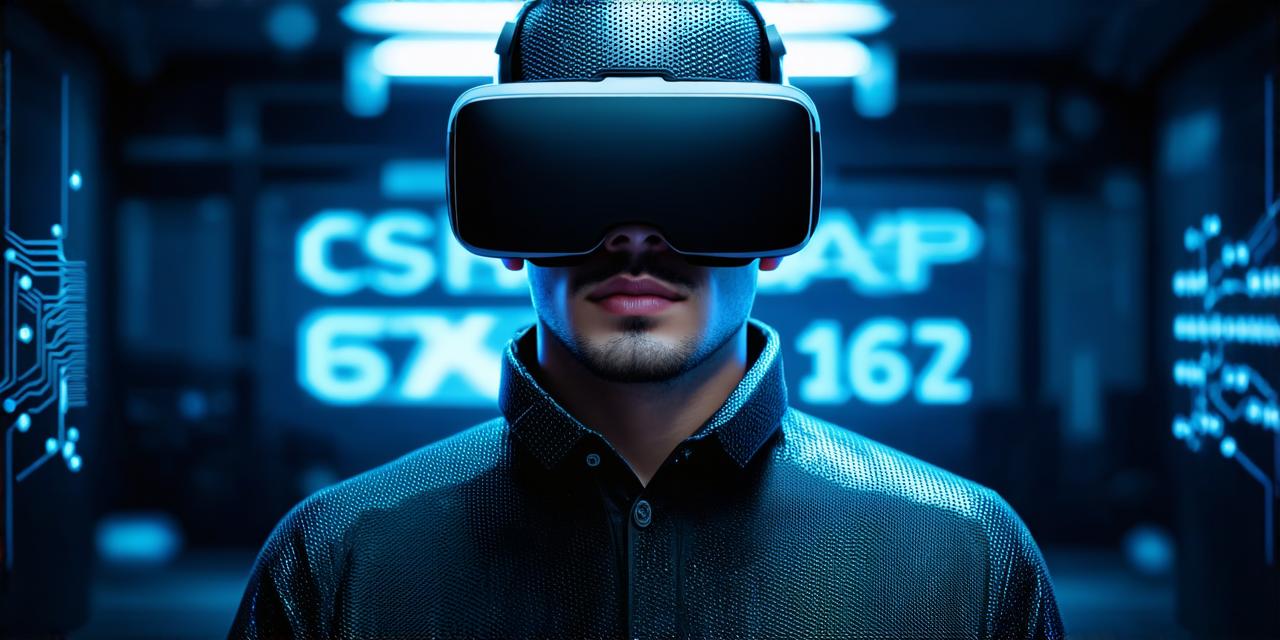
Should we use VR in education?
The use of virtual reality (VR) in education has been a topic of debate for several years now. While some believe that VR can greatly enhance the learning experience, others argue that it may not be practical or effective. In this article, we will explore the pros and cons of using VR in education and examine whether it is a technology that should be used in classrooms.
Table of Contents
TogglePros of using VR in education:
Immersive learning environment: VR can create a highly immersive learning environment that allows students to experience real-world scenarios without leaving the classroom. This can help students better understand complex concepts and gain practical experience in a safe and controlled environment. For example, medical students could use VR simulations to practice surgeries or nursing students could use VR simulations to practice patient care.

Increased engagement: VR can increase student engagement by providing a more interactive and engaging learning experience. Students are more likely to be motivated and interested in the material when they are actively participating in the learning process. This can lead to better retention of information and improved overall learning outcomes.
Cost-effective: VR technology can be expensive, but it can also be cost-effective in the long run. Once the initial investment has been made, VR simulations can be used repeatedly, which can save money compared to traditional classroom activities that require expensive materials or equipment. Additionally, VR can reduce the need for field trips or other extracurricular activities, which can also be costly.
Cons of using VR in education:
Expensive technology: VR technology can be expensive, both in terms of hardware and software. This can make it difficult for schools with limited budgets to invest in the technology. Additionally, ongoing maintenance and support costs can add up over time.
Lack of practical application: While VR can create highly immersive learning environments, some argue that it may not always be applicable to real-world situations. For example, a student who has used a VR simulation to practice surgery may not have the same level of experience as a student who has completed an actual surgical procedure.
Technology limitations: VR technology is still relatively new and can be limited in terms of its capabilities. Some students may experience motion sickness or other adverse reactions when using VR, which could negatively impact their learning experience. Additionally, not all students have access to the necessary equipment or internet connection to use VR simulations effectively.
In conclusion, the use of VR in education is a topic that requires careful consideration. While there are certainly benefits to using VR in the classroom, there are also potential drawbacks that must be considered. Ultimately, it is up to educators and school administrators to carefully evaluate the pros and cons of using VR in their classrooms and determine whether it is a technology that will benefit their students.

